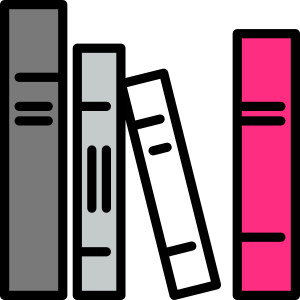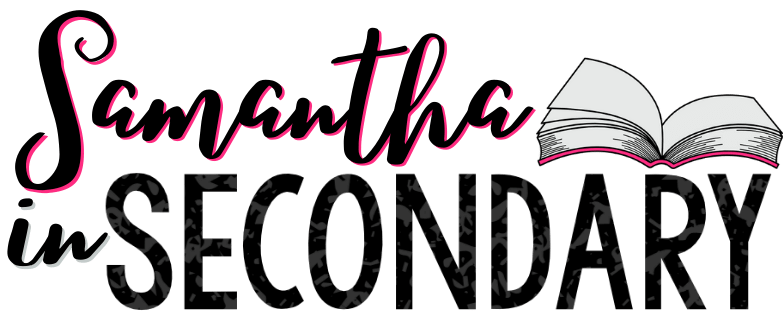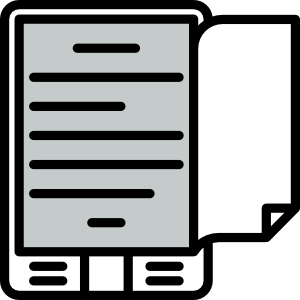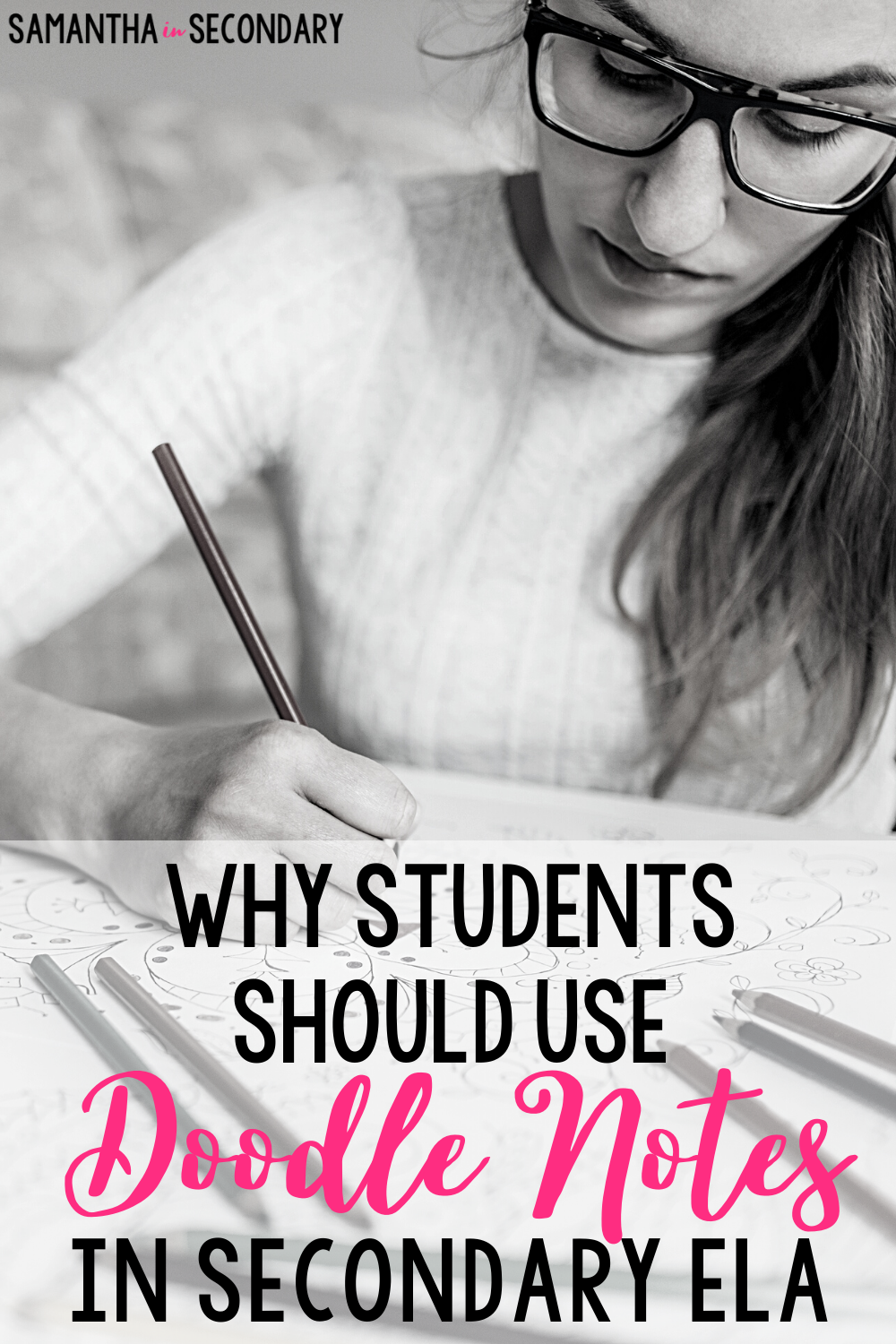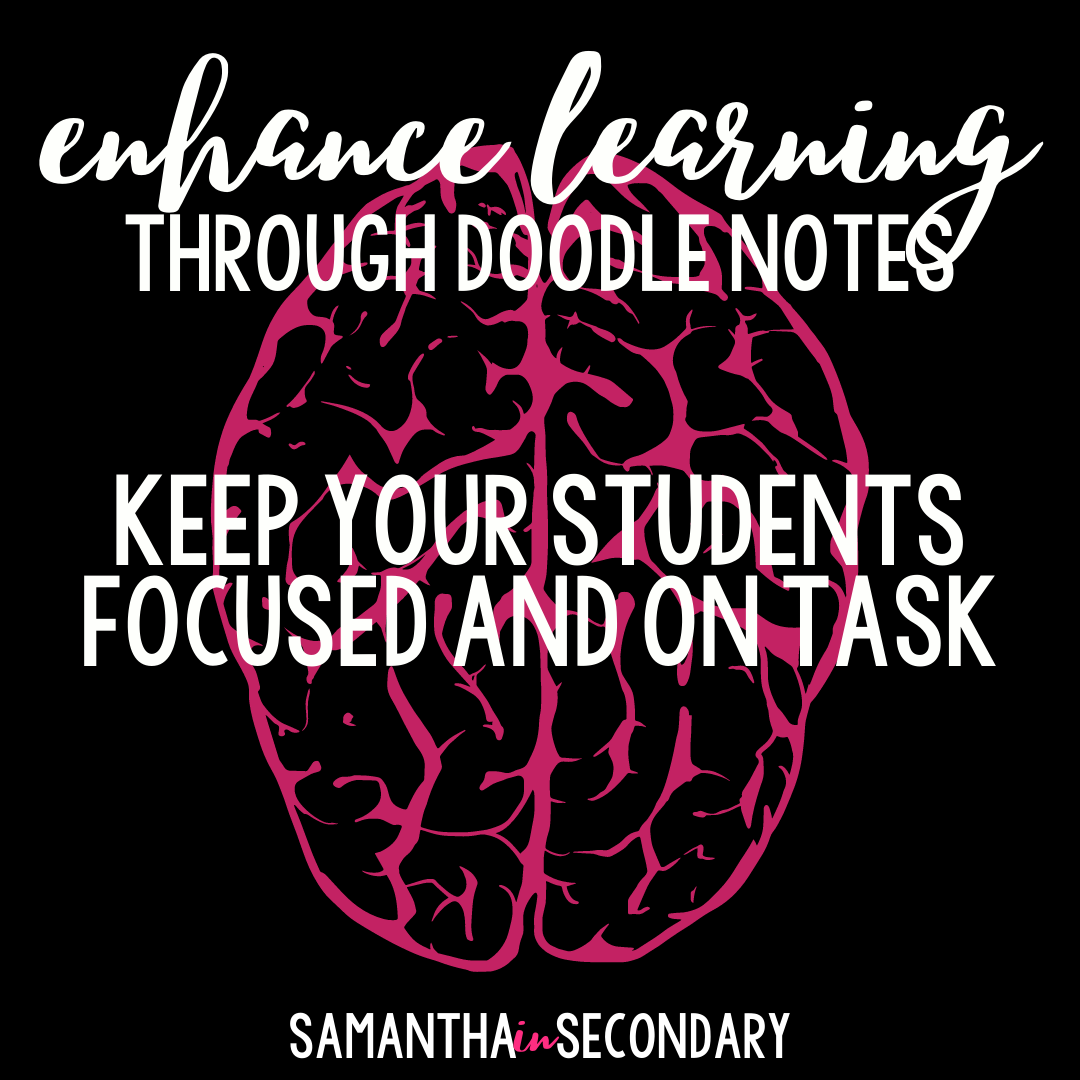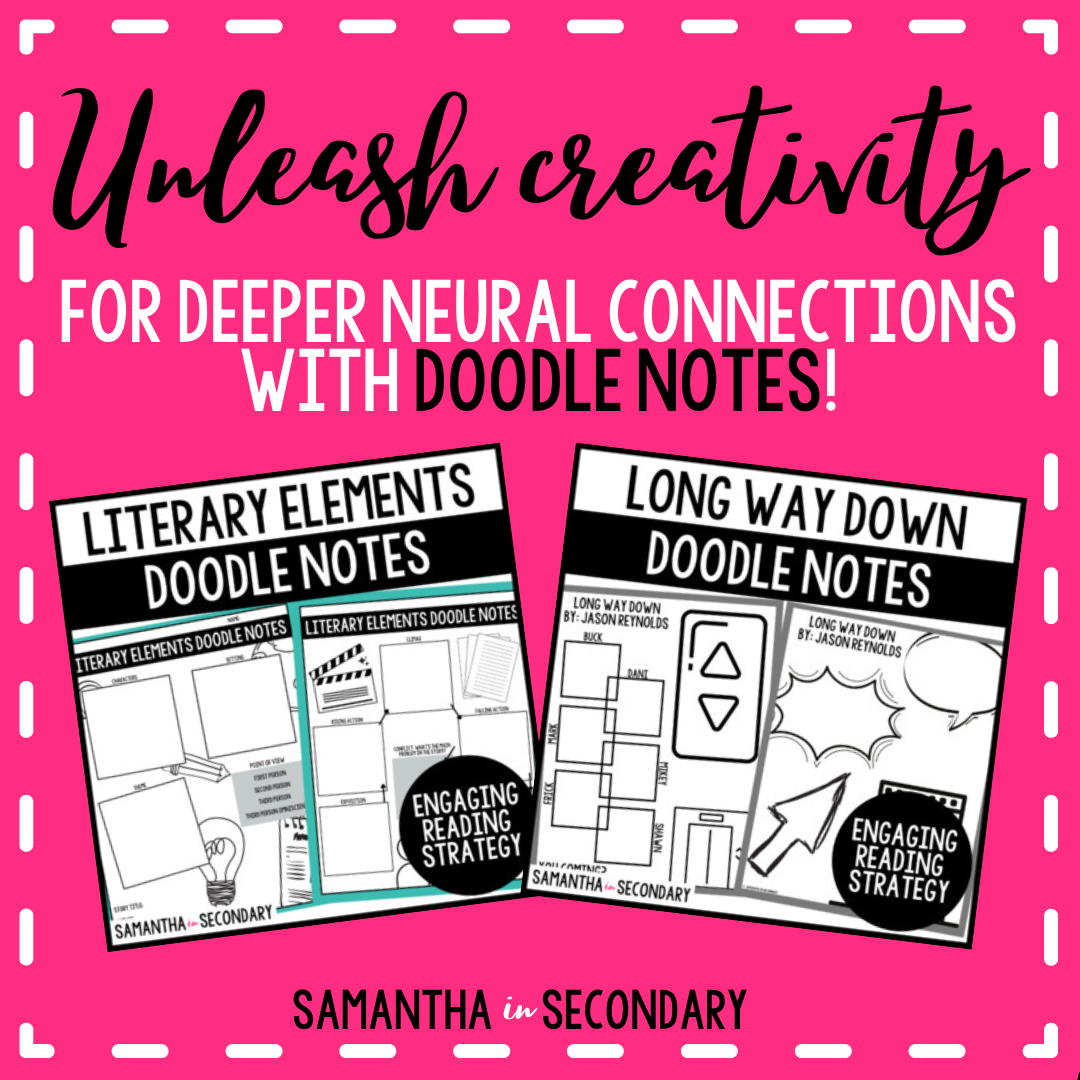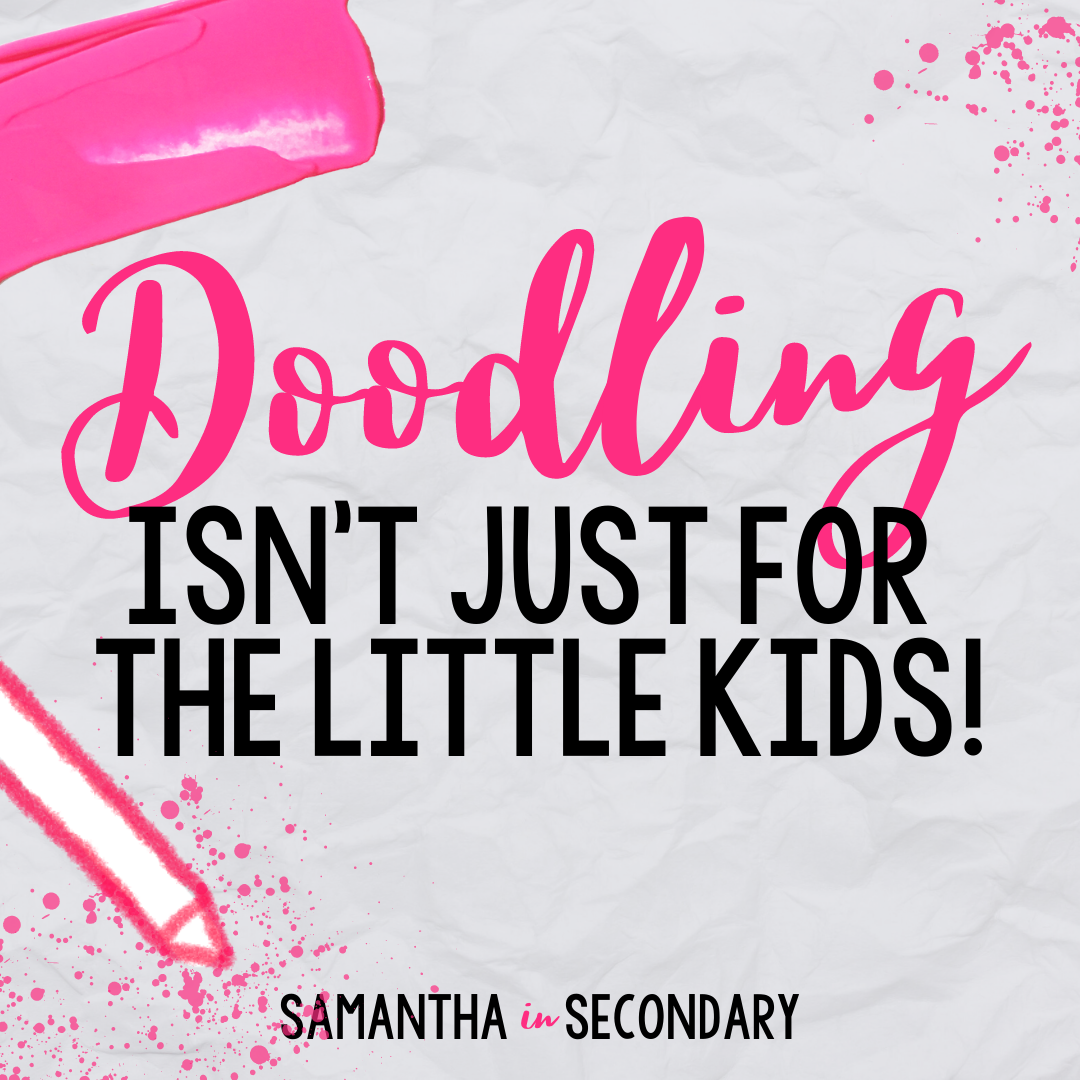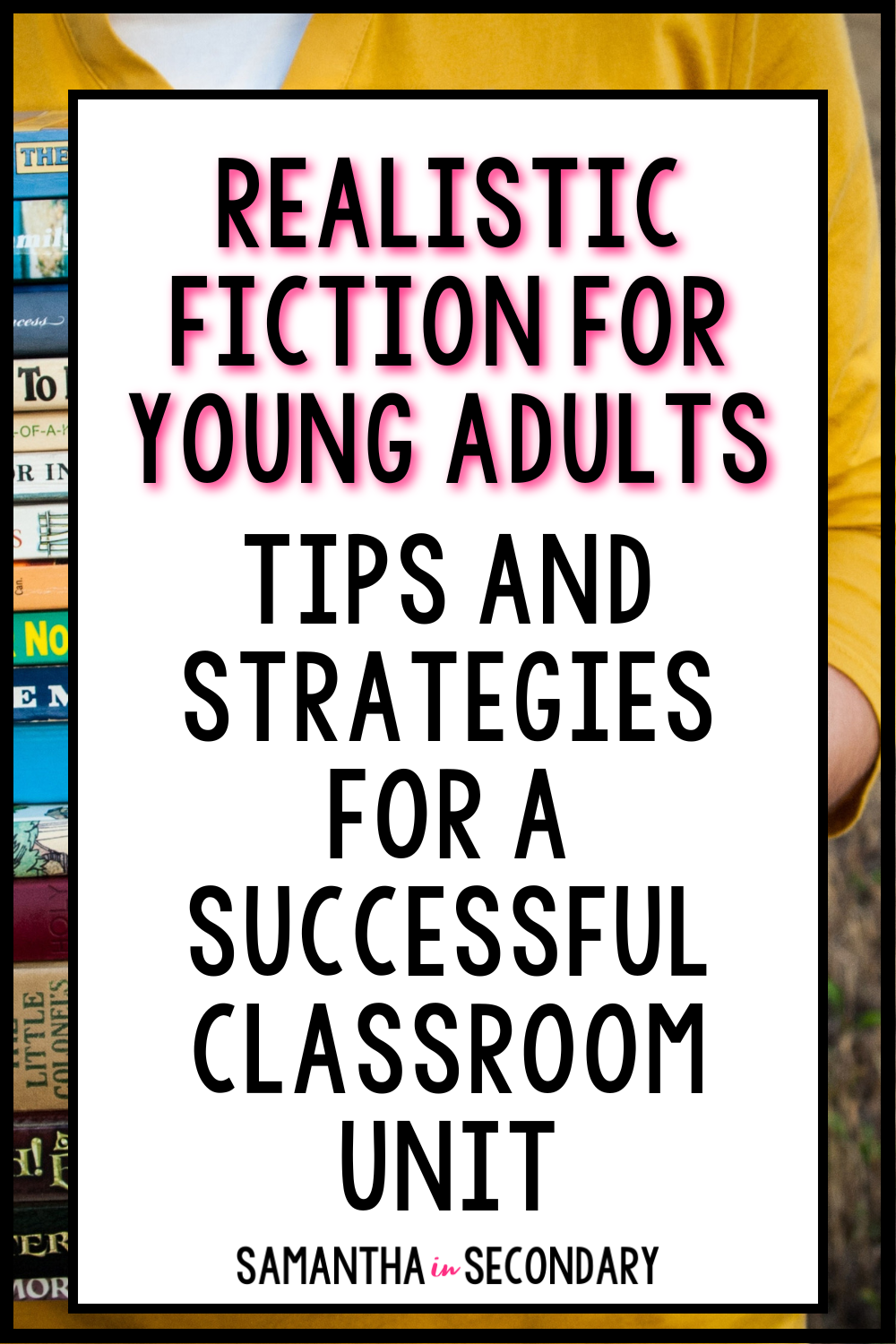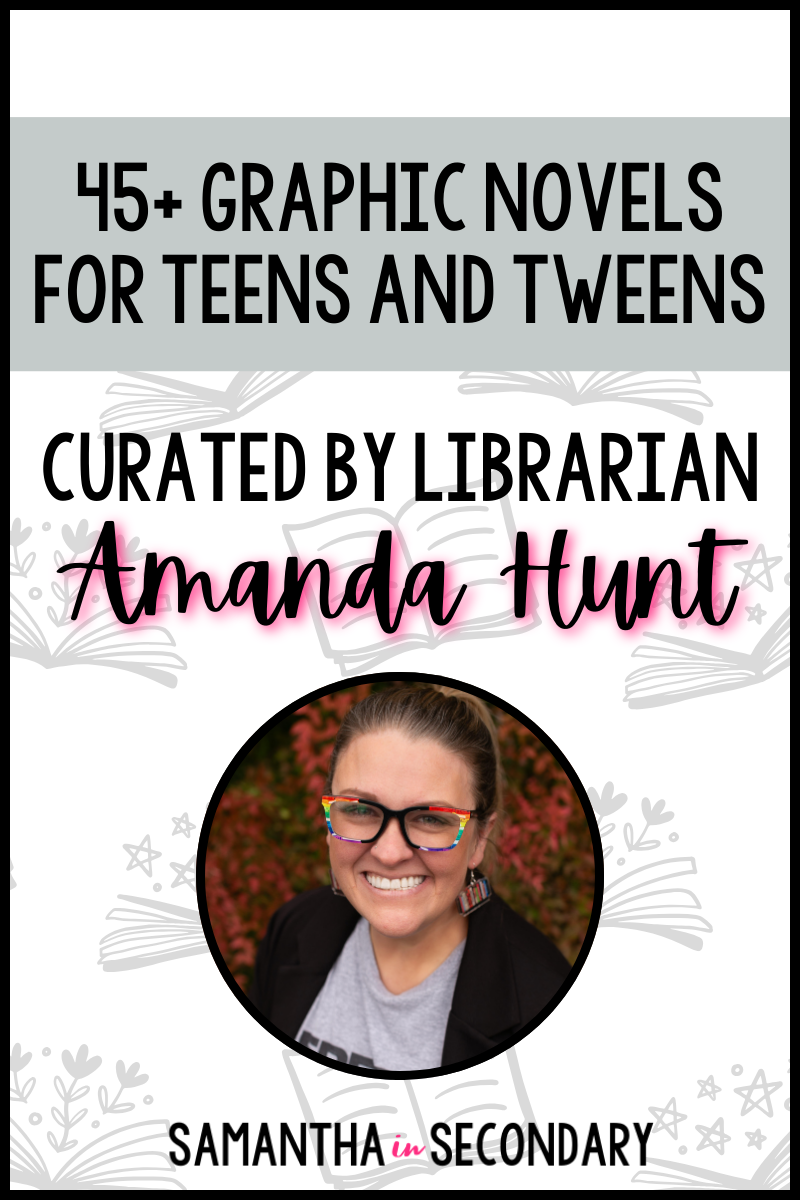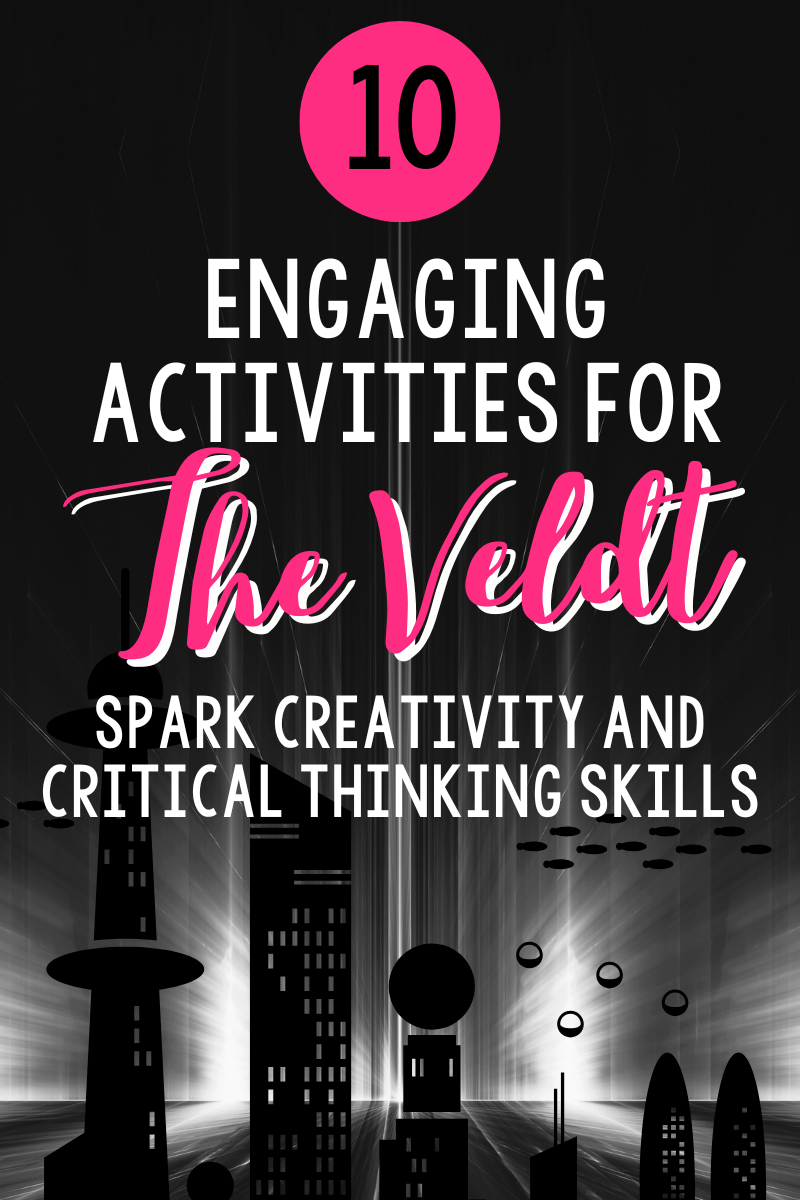Doodling isn’t just for little kids. Big kids love to doodle, too! You can find a lot of research (read on for links) on the benefits of doodling, so why not embrace it and help your students become avid doodlers? Check out this list of ideas why doodle notes (or sometimes called sketch notes) are so great for students in middle school or high school English Language Arts.
1. Keep students on task.
If we’re being honest with ourselves, we know that each day our lessons don’t keep every student engaged for the entire lesson. This is why doodle notes are a great way to keep students on task. The ultimate goal of doodle notes is to bridge the gap between the brain’s hemispheres. When the right and left hemispheres are working at the same time, students achieve enhanced learning. And when the brain is actively stimulated, it stays in tune with the task at hand.
2. Help them focus.
Hand in hand with that point, you’re going to have students on task, and focused. One of the benefits of incorporating doodle notes is that your students will be able to create their own individualized notes. Even your best lessons aren’t always going to engage every student (believe me, I’ve tried). Doodle notes allow students to keep their brain active, on task, and personalized. Doodling also keeps the brain “in the moment”. Students don’t really have the opportunity to “zone out” when they add doodling to their note-taking.
3. Unleash creativity.
I can hear the pushback now. “I’m not an artist,” or “I already like how I take notes.” First, I’d share with students the research that shows the benefits of doodles, like this TedTalk. Deeper neural connections means deeper connections to the material. Next, I’d make sure students knew that these doodle notes are not meant to be an assignment. No one is judged on artistic skill or lack-thereof. There are some neat examples on Sketchnote Army, and be sure students have a chance to see your style of doodles as well.
I also have Doodle Notes in my shop which you can find here. It’s a growing selection so be sure to check back and see what I’ve added. You can use it as a middle ground for students who don’t want to, or aren’t comfortable doodling “from scratch” or as a way to introduce the concept of doodle notes to your class.
4. Keep notes organized.
How can a bunch of doodles stay organized? Well, part of the joy of using the whole brain is that the memory of the lesson, doodles, connections are all stored in various places of the brain. Students will be able to recall the information and how they organized it much easier. As they learn their own style they can incorporate things like symbols to quickly find notes that go together. Or students can get into the habit of creating headers before the lesson gets started. They might also decide to go for color-coordination.
5. Help review a concept in one place.
Doodle notes can be built upon each other. Meaning one page of notes might have several “days” worth of lessons, but they’re related to each other and showcase the connections the students have made. Rather than rummaging through a notebook of pages of regurgitated information, students can pull fewer pages and study from notes that activate multiple parts of the brain.
Have you used doodle notes in your ELA class? What do your students love about it? If you haven’t used them yet, let me know how it went in the comments below, or continue the conversation on Facebook and Instagram.
Happy teaching!

